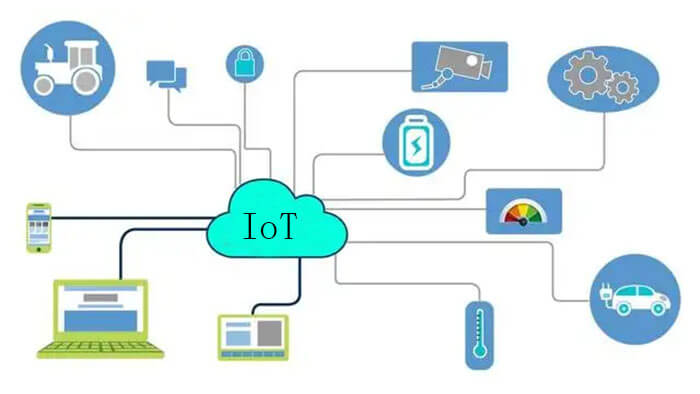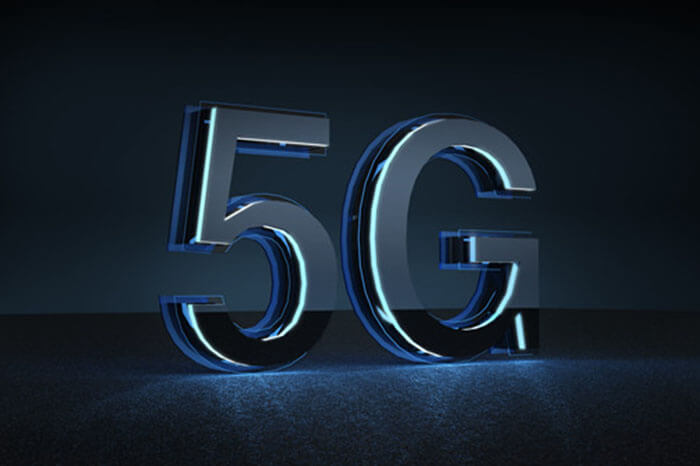The combination of new energy and IoT in smart metering applications is accelerating the development of China’s traditional economic form, smart grid, smart watering, smart environmental protection, smart mining, and other emerging fields are in rapid development.
The public data show that the global demand for new energy has increased by 50% since the 1990s and is expected to further increase by 30% by 2040, IoT connectivity technologies are gradually being used more and more to handle energy management and provide improved solutions.
IoT communication technologies will become a strategic growth lever for energy interests, driving rapid business growth for their continued benefit.
IoT connectivity technology brings unprecedented technology upgrade convenience to the industrial and energy industries.
The traditional IT-based architecture of industrial interconnection will gradually be upgraded to a 3-in-1 infrastructure architecture with IoT, big data, cloud, and IoT connectivity technology that can solve the problem of multiple connections, big data interactions, and fast transmission between machine-to-machine (M2M) devices in complex network environments, such as sensors and data concentrators.
Solving the conditions of the Internet of Everything will make it easier to solve the currently more popular commercial problems of accelerating the promotion of new energy monitoring and manufacturing, predictive maintenance, and automated decision-making by AI machines, as well as fully automated production lines applied in smart factories.
M2M devices are the central link in the energy value chain and must communicate with appropriate communication protocols. This raises the question of the different technical solutions used to transmit information from field devices.
In the case of water and gas applications, wireless technologies are commonly used. Two examples of common communication technologies of IoT in smart metering applications are listed below.

Wireless M-Bus of IoT in Smart Metering
The Wireless M-Bus (WM-Bus) point-to-point radio protocol using 169Mhz or 868Mhz has traditionally been used for smart metering and smart buildings, especially for its conditional two-way quality and relatively modest energy consumption.
WM-Bus is a standardized protocol.
This is a fundamental point in the choice of solution, as it ensures compatibility between all manufacturers.
The Wireless Mbus protocol is based on a dedicated, non-operational network. In order to operate, the wireless Mbus network requires a concentrator (or gateway) that allows the connection between all sensors and remote information systems.
The Wireless Mbus protocol is based on two frequency bands: 868 MHz and 169 MHz. These are free bands that can be shared with other applications. Regulations are in place to ensure fair sharing.
In Europe, these regulations are enforced by ARCEP (the French telecommunications and postal regulator) and deal with frequency channels, transmission power, and bandwidth occupancy (duty cycle).
868Mhz is traditionally the most commonly used frequency band.
In a free field, the distance that may be covered between the sensor and the spotter is about 1km. using 868Mhz radio networks inside buildings is more complex. Internal partitioning can be a significant obstacle to wave transmission and may require the use of repeaters.
The 169 MHz band has recently been used for smart metering applications.
The Gaspar project of the French gas distribution company GrDF is one of the first 169Mhz smart metering networks.
The 169 MHz frequency has several advantages. The lower the frequency used, the greater the wave penetration. Thus, inside a building, the distance covered or the number of floors passed is greater at 169Mhz than at 868Mhz.
LoRa of IoT in Smart Metering
LoRa radio protocol as a solution In its own right, the LoRa radio protocol of IoT in Smart Metering is a low power wide range (LPWA) solution that is highly sought after in the industrial and energy sectors and is an 868Mhz radio protocol that describes only the physical layer of the device.
Therefore, it is necessary to place one or more application layers above this radio layer. With LoRa protocol IoT in Smart Metering, 30dB can be obtained compared to the traditional WM-Bus protocol in Frequency Switching Key (FSK) modulation, resulting in a signal reduction of 10,000 times. Lora allows transmission on different channels, thus improving the band occupancy time.
Dedicated and operational networks are the two types of networks that use LoRa or LoRaWAN of IoT in Smart Metering.
A dedicated network requires its own data concentrator and its own LoRa network. It is ideal in terms of security and usage and can be installed anywhere.
Operational networks of IoT in Smart Metering do not require data concentrators or SIM cards, as operators provide base stations that collect directly from all field devices.
For example, the answer to the need for optimized, profitable, and most importantly secure energy management in buildings comes from proprietary solutions where LoRa represents the lower layer and wireless M-Bus represents one or more application layers.
The endpoints will communicate in LoRa with a concentrator hub, which will contain the LoRa physical layer and the WM-Bus application layer.
This combination of LoRa and WM-Bus protocols of IoT in Smart Metering can provide a viable and sustainable solution for smart metering management.
Besides this 2 New Energy and IoT in Smart Metering Applications article, you may also be interested in the below articles.
What Is The Core 5G NR Technology?




